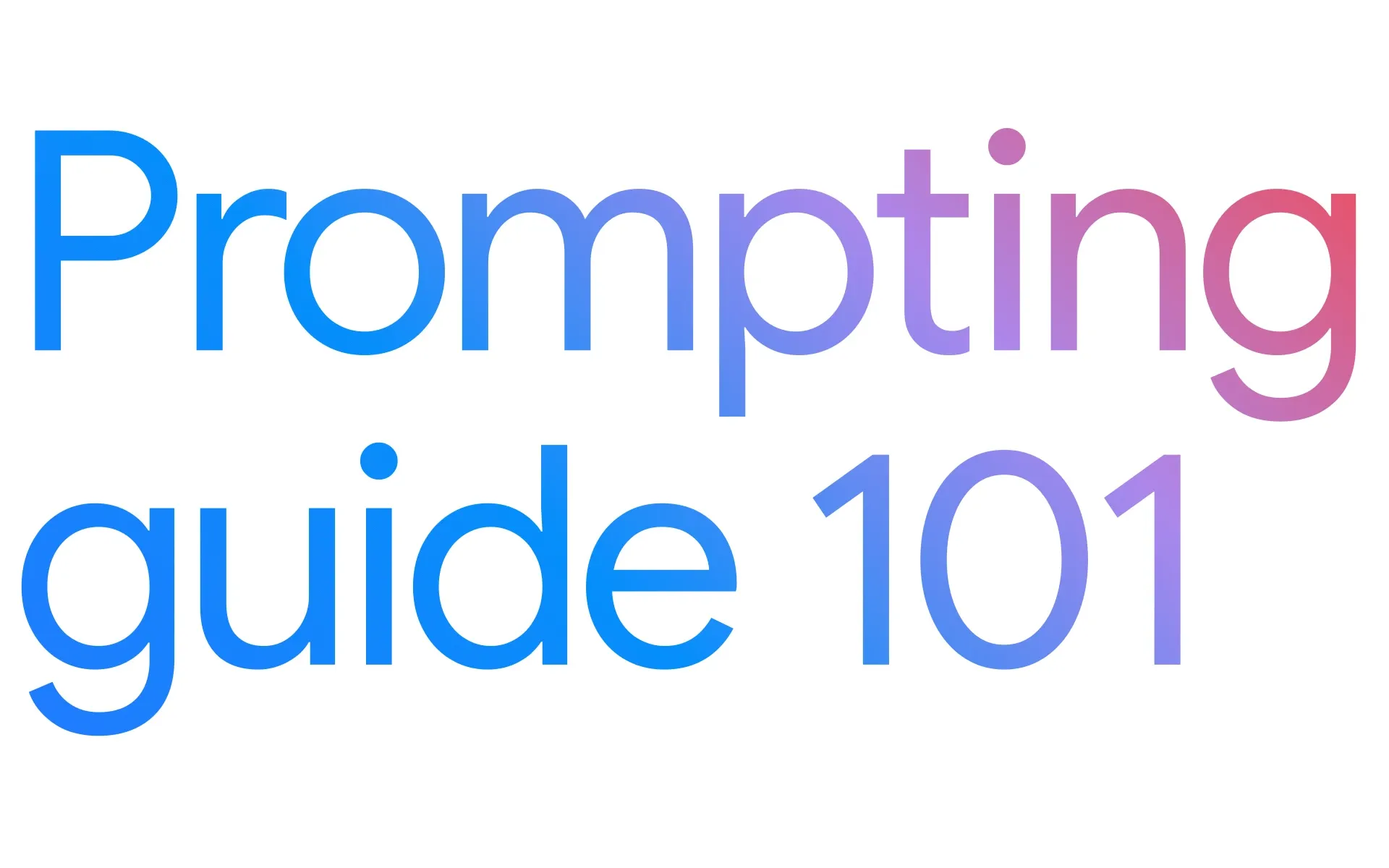How to write effective prompts in 2025
A comprehensive guide on writing effective prompts for Google Gemini Workspace to enhance productivity and creativity.

The October 2024 edition of Google's prompting guide reveals key insights into crafting effective prompts for Gemini in Google Workspace. According to the official handbook, mastering four main components - persona, task, context, and format - enables users to harness Gemini's capabilities across Gmail, Google Docs, Sheets, Meet, Slides and other Workspace applications.
According to the guide, successful prompts begin with natural language, expressing complete thoughts in full sentences rather than fragmented commands. The handbook emphasizes that the most fruitful prompts average around 21 words with relevant context, though typical user prompts contain fewer than nine words.
A critical finding from Google's research shows that successful prompts require specificity and iteration. The guide indicates that users should clearly state their requests, provide comprehensive context, and refine prompts through an iterative process if initial results don't meet expectations.
The handbook outlines how Gemini integrates seamlessly into various Workspace applications. In Gmail, users can generate personalized responses and summarize lengthy email threads. For Google Docs, Gemini assists with content creation, formatting, and collaborative editing. The guide demonstrates how Sheets users can leverage Gemini for data analysis and visualization.
For Google Meet, the guide highlights Gemini's ability to provide real-time transcription and meeting summaries. In Slides, users can create visually engaging presentations with Gemini's assistance in design and content generation.
According to the documentation, Google maintains strict data protection standards. The guide emphasizes that user data remains within the Workspace environment and is never used for training or improving Gemini models. Additionally, content is not utilized for targeting advertisements, maintaining user privacy and confidentiality.
The handbook provides detailed examples for various professional roles:
Administrative Support
The guide demonstrates how assistants can use Gemini to streamline scheduling, manage communications, and organize information efficiently.
Marketing Professionals
Examples show how marketers can develop campaign strategies, analyze market trends, and create compelling content.
Project Managers
The documentation illustrates methods for tracking progress, generating status reports, and managing team communications.
Sales Teams
Detailed scenarios showcase how sales professionals can research prospects, prepare presentations, and manage customer relationships.
Technical Implementation Guidelines
The guide outlines specific best practices for implementation:
- Begin prompts with clear objectives
- Include relevant background information
- Specify desired output formats
- Utilize iterative refinement for optimal results
- Incorporate file references when needed
The guide acknowledges that while generative AI capabilities continue to advance, users should review outputs for accuracy and relevance. This approach ensures quality while leveraging Gemini's capabilities to enhance workplace productivity.
For organizations seeking to implement these practices, the handbook provides a structured framework for training and adoption. The documentation emphasizes ongoing learning and adaptation as Gemini's capabilities evolve.
The guide serves as a comprehensive resource for organizations and individuals looking to leverage Gemini's capabilities within Google Workspace. Through careful prompt construction and iterative refinement, users can significantly enhance their productivity and effectiveness across various professional contexts.

